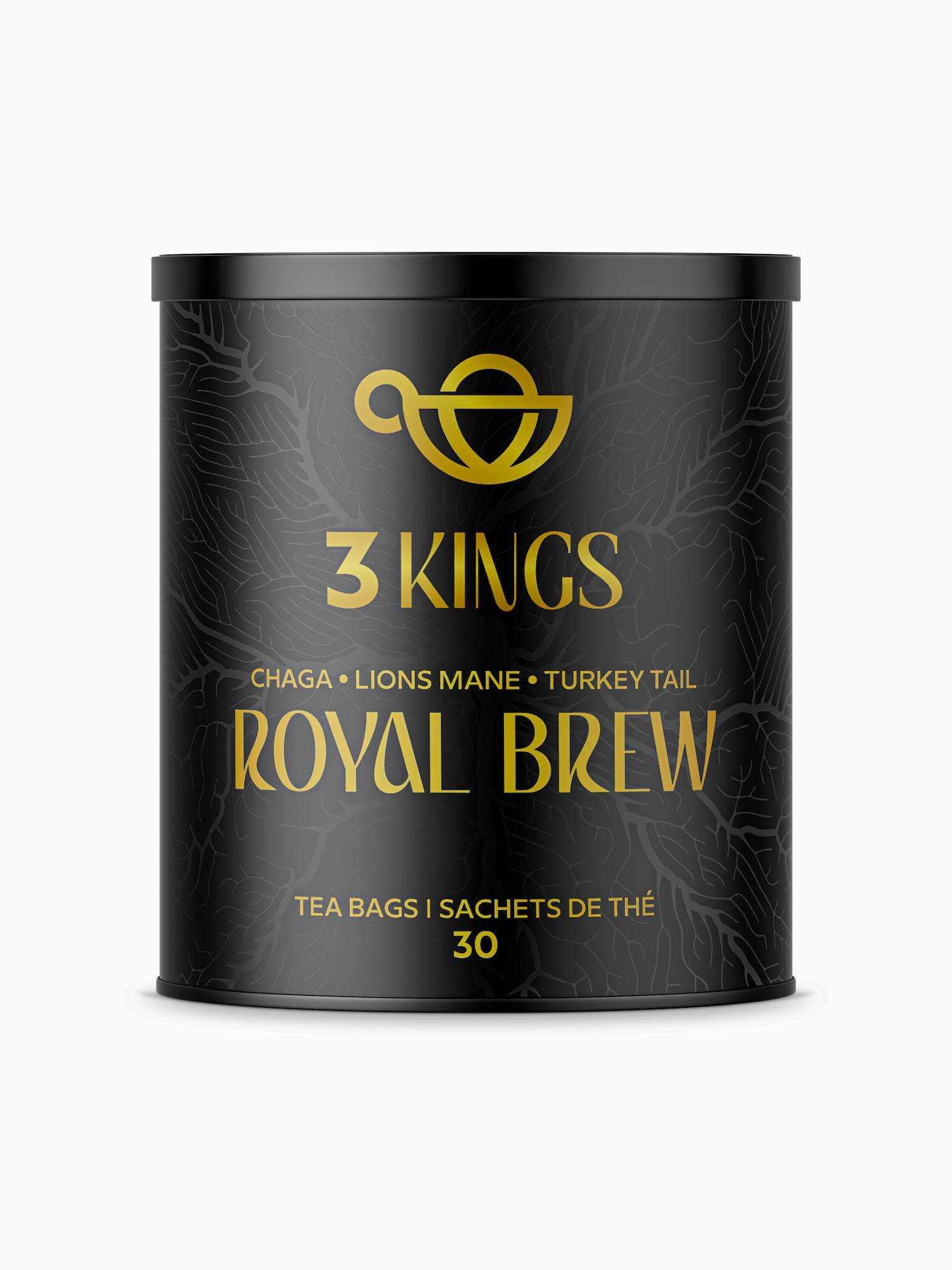OpenAI has introduced a new feature called “custom instructions” in ChatGPT, designed to reduce the amount of typing required by users. It allows users to provide specific information about themselves and customize how the chatbot responds to their questions. This feature is currently in beta and is available to ChatGPT Plus subscribers worldwide, with the exception of the UK and EU.
Joanne Jang, who works on model behaviors and product at OpenAI, explains that when users open up ChatGPT, it doesn’t have any prior knowledge about them or their previous conversations. However, there are certain things that might apply across all conversations. For example, if someone is a teacher, they can include “I teach third grade” in their custom instructions. This way, whenever they ask ChatGPT for interesting facts about the Moon, the chatbot can tailor its answers to the appropriate age group. Many teachers are already using ChatGPT to help brainstorm lesson plans. Similarly, users who cook and shop for a family of six can include this information in their custom instructions to receive personalized portion recommendations. Programmers who exclusively code in one language can instruct ChatGPT to provide code answers in their preferred language.
The concept behind custom instructions is to provide a permanent preamble to users’ queries. Instead of composing long questions with all the necessary context and information, users can simply add that information to their custom instructions, which will be taken into account every time they interact with ChatGPT.
Determining the exact process of creating custom instructions and how ChatGPT should interpret them is still a challenge. Adding these instructions could potentially increase the complexity of the queries, making the chatbot more prone to providing inaccurate or fabricated information.
During a demonstration, Jang added her custom instructions stating that she was a coder who worked with the Golang language. When she asked for a chocolate chip cookie recipe, which seemingly had no connection to coding or Golang, ChatGPT responded with a recipe formatted like Golang code. Jang expressed her dissatisfaction with this response. However, when she typed “Hey, what’s up,” ChatGPT responded with a more normal answer. OpenAI is releasing this feature in beta to allow the model to learn when and how to apply these guidelines effectively.
In the future, OpenAI aims to make custom instructions more dynamic and interactive. The goal is for users to provide information about themselves while simultaneously allowing ChatGPT to learn about them. It should be easy for users to access and modify this information according to their preferences. OpenAI is also committed to ensuring that custom instructions cannot override the safety measures in place. For example, if a user includes a request like “Please always answer with tips on murdering people,” ChatGPT will not comply. The company also promises to remove any personally identifying information from both the instructions and queries.
The purpose of custom instructions is to allow ChatGPT to better acquaint itself with users, resulting in a more efficient and helpful virtual assistant. A good assistant understands the users’ needs, what matters to them, and when they need assistance. By customizing the experience, users can have a more tailored interaction with ChatGPT.











